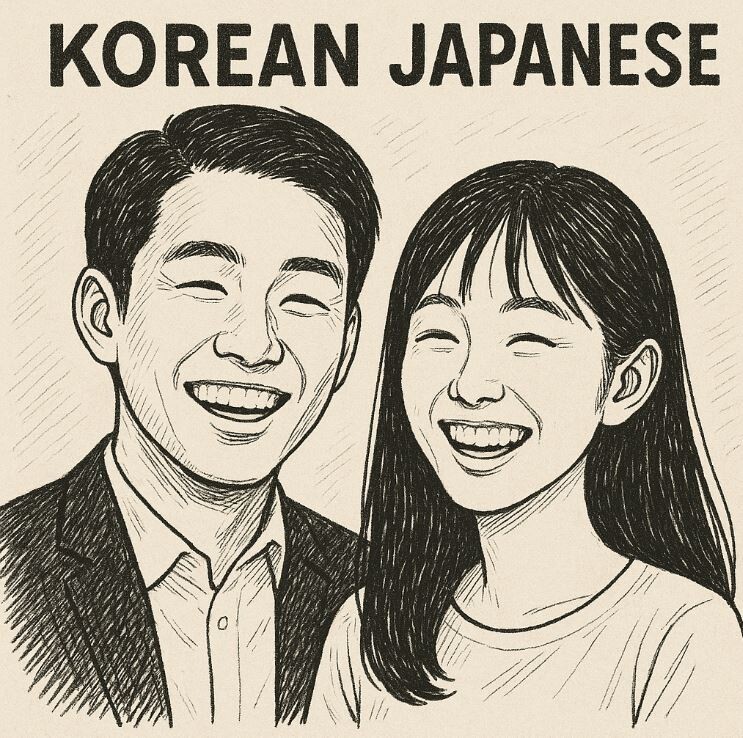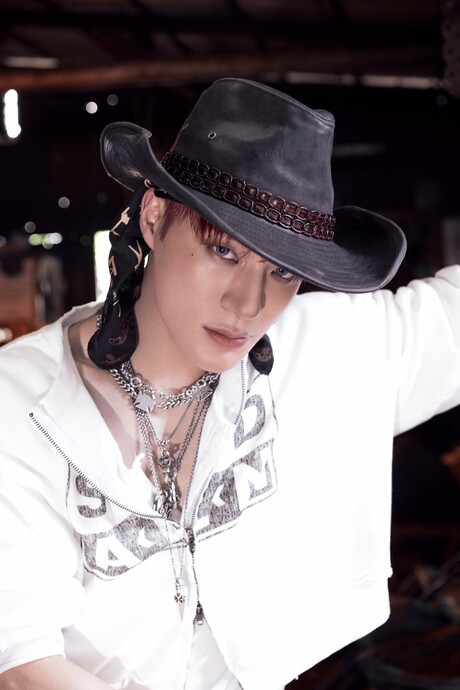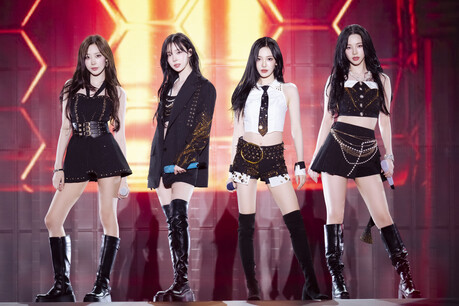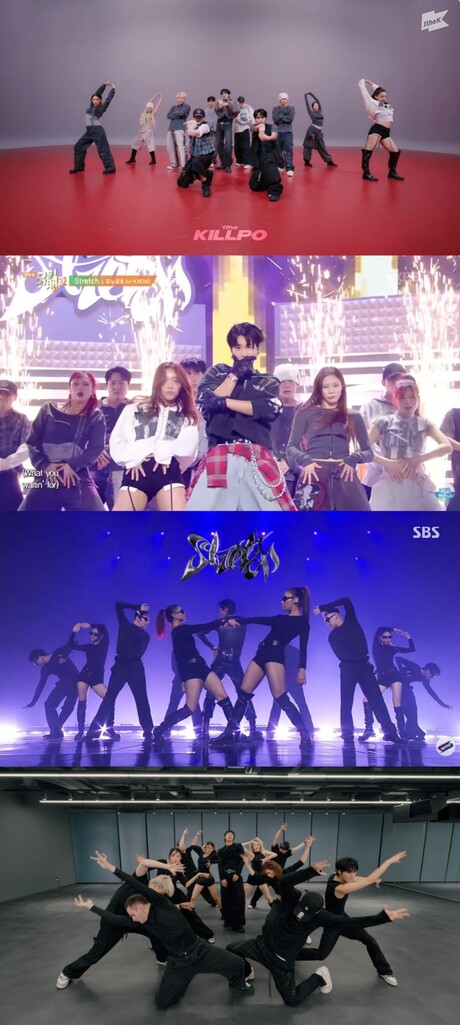Marriages between Korean men and Japanese women have been steadily increasing, driven by a combination of cultural, economic, and social factors. Korea’s rapid economic growth has narrowed the perceived gap in living standards between the two countries, making cross-national unions feel more balanced. At the same time, the global spread of Korean pop culture has cast Korean men in an image of refinement and attentiveness, qualities that many Japanese women find appealing. In turn, Japanese women are often regarded by Koreans as sensitive and thoughtful partners. Improvements in bilateral relations and broader opportunities for exchange have also created more chances for personal encounters, with some Korean men even registering with Japanese matchmaking agencies and traveling specifically to meet prospective partners.
Financial considerations play a significant role as well. Marrying a Japanese woman is often seen as less financially burdensome and more practical. It is customary in Japan for newlyweds to begin their lives in a small rental apartment, reflecting a cultural preference for living within one’s means. Excessive financial demands are usually considered improper. Weddings are typically intimate affairs with only close relatives and friends, and more couples now opt for “nashi-kon,” marriages without a wedding ceremony altogether.
Japan’s prolonged economic stagnation has further shaped these attitudes. Since the collapse of the bubble economy in the early 1990s, the country has experienced decades of deflation and declining property values. As a result, many Japanese view housing as a depreciating asset rather than an investment. Younger generations in particular treat homes more as consumables than long-term investments, starting married life in rented accommodations and saving jointly to purchase a home later.
Cultural traditions also set Japan and Korea apart. Japan’s embrace of Western modernization after the Meiji Restoration of 1868 included reforms to family structures that strengthened individualism. Children are expected to become independent early, and family bonds are often less pronounced than in Korea. Parents rarely intervene in their children’s marriages or provide substantial financial support. In Korea, by contrast, marriage is still treated as a highly social event that extends beyond the couple to their families and communities. Entering marriage with financial stability is seen as a marker of success, and weddings with hundreds of guests remain common. Many couples aspire to begin their married life in a high-value apartment, typically with considerable parental support. According to the matchmaking agency Duo, the average cost of marriage this year was 361.7 million won, with more than 84 percent tied to housing. The strong expectation for men to shoulder housing costs continues to discourage marriage and delay the average age at which people wed.
These contrasts reveal the challenges facing Korean society. The culture of marriage must move away from parent-driven expectations toward a model where couples themselves take the lead. Social acceptance of starting married life in modest rental housing would help relieve pressure, while government expansion of affordable rental housing near workplaces could further ease the financial strain. Just as cultural perceptions have shaped the increase in marriages between Korean men and Japanese women, Korea must also work to reduce gender conflict at home. Encouraging mutual respect and positive images between men and women will be key to building healthier relationships and more sustainable family structures.
Beyond the personal choices of couples, this trend may also hold symbolic meaning. The growing number of marriages between Korean men and Japanese women can be seen as a small but meaningful step toward softening the historical tensions that have long lingered between the two nations. What begins as an individual decision may gradually accumulate into a shared social fabric, creating subtle yet lasting bridges across national divides.
SayArt.net
Maria Kim sayart2022@gmail.com









